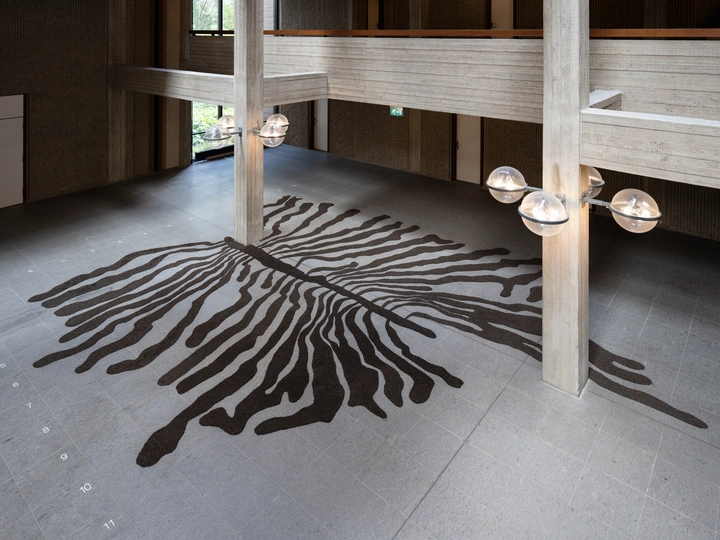For a diplomacy of perception

Stefania Rigoni (1994) is a spatial and visual practitioner.
Her research interests usually fall into, and find expression in, the material and immaterial traces left by the frictions and conflicts disrupting our times–with a particular focus on environmental, domestic and cultural issues.
After graduating in Design and Art at the Free University of Bolzano-Bozen in 2019, she interned at and collaborated with various institutions and professionals in the fields of art, publishing and graphic design. She later attended the master course Studio for Immediate Spaces at Sandberg Instituut in Amsterdam, where she graduated in 2022.
She’s currently based in Bolzano where she is TA in Product Design at the Faculty of Design and Arts at Free University of Bozen-Bolzano, has collaborated with graphic designers Claudia Polizzi and Chiara Cesaretti, and is studio manager of the publishing house Rorhof as well as assistant of artist Nicolò Degiorgis.
After a period in which I was feeling lost in my own practice, I found refuge in the image of the labyrinth. Inspired by the most common iconography of the maze as a hyper-designed garden, I started exploring the ways in which humans relate to the world, shaping it but also being shaped by. Trying to stretch the definition of this "domesticated nature", the gaze landed on the forests surrounding my home, in the north-east of Italy. What we consider wild is actually the result of centuries of landscape design, exploitation and extraction of materials. The short-circuit has become apparent in 2018, with the storm Vaia, when a hurricane devastated 42'525 hectares of land, with 9millions m3 of fallen wood. The damages have been devastating, as well as the aftermaths. The Ips Typographus is a 5mm long xylophagous parasite that kills trees while reproducing inside of them. Usually attacking fragile spruces, in these favourable conditions the beetle has been thriving, carving its typical drawings in millions of trees and continuing to do so. This is a direct consequence of both monocultural approaches to forests landscaping and the use of an over-crowded, grid-like arrangement of the trees. Grids are undoubtedly a remarkable tool helping humans to fragment space, images and concepts. They allow scalability, enhancing our perception and enabling sharper relations with the external world, but they frame an inescapably anthropocentric perspective. Consequently, the limits imposed by such tools expose the impossibility of grasping the complex interconnection between human and non-human agents, exposing the current ecological urgencies.
In this project, the traces left by the Ips Typographus are monumentally enlarged to represent the collapse and collision of scales both above and beneath our domesticated world. The organicity of the beetle’s creation has been juxtaposed with the lattice of the old courthouse of Amsterdam, location of the exhibition.